Teaching quotation marks is crucial in the primary grades. Students need to build a strong foundational knowledge of quotation marks and dialogue in order to improve their writing skills. In this post, I’ll share some activities to teach quotation marks and dialogue that you’ll want to include in your writer’s workshop this year.
Activities to Teach Quotation Marks and Dialogue
Whether your students are working on narrative writing or writing news stories, quotation marks and dialogue are critical components to teach. Students need a variety of ways to practice correct use of quotation marks, so you’ll definitely want to incorporate different activities to teach quotation marks and dialogue in your writer’s workshop.
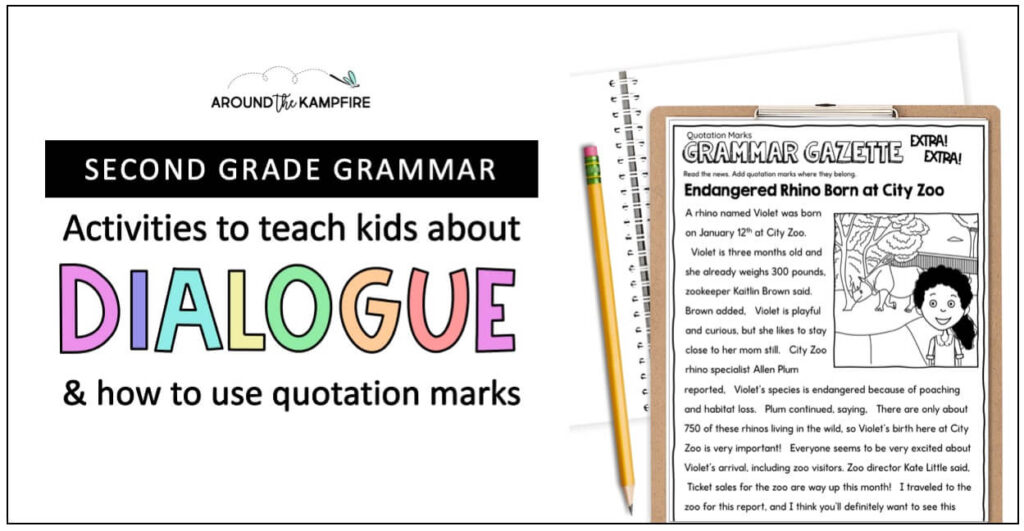
Teach Quotation Mark & Dialogue Rules
There are a few key rules to cover when you teach quotation marks and dialogue. Students will need to know the basics before they can move on to other activities to teach quotation marks and dialogue.
Start your unit on quotation marks with an interactive PowerPoint that teaches a foundation for dialogue while allowing students to get involved. Make sure to cover types of punctuation used and which letters should and should not be capitalized.
Read a Strong Mentor Text
Mentor texts are an excellent way to show students how quotation marks are used in context.
If you decide to use a mentor text as one of your activities to teach quotation marks and dialogue, make sure to choose a text that has a variety of examples of this skill. Pick a text that works as an engaging read aloud story to keep students interested, as well.
Here are a few read aloud stories that feature quotation marks and dialogue:
- Grammar Tales: The Mystery of the Missing Sock by Justin Martin
- “Let’s Get a Pup!” Said Kate by Bob Graham
- Jabari Jumps by Gaia Cornwall
- The Wolf Who Cried Boy by Bob Hartman
Take a look at this post for more great mentor texts to teach grammar skills!
Brainstorm Different Dialogue Tags
Dialogue tags are the words that tell who is speaking and how they are speaking. The word “said” is probably the easiest and most common word used in dialogue tags, but make sure to help students understand that it is not the ONLY word they should use!
To do this, work with students to brainstorm a variety of dialogue tags. Discuss when each type of dialogue tag could be used and generate examples.
Color Code Parts of Dialogue
Have students use different colored highlighters or crayons to identify the different parts of dialogue. Use one color for the dialogue tag, another color for the quotation marks, and another to show the words that are being spoken.
Use Manipulatives to Add the Quotes
Create your own quotation mark manipulatives, or use an interactive PowerPoint to have students move quotation marks where they belong in dialogue.
One fun and simple option is to use dry macaroni as manipulatives for quotation marks. This can be used as a center activity for practice with dialogue.
Incorporate Math Skills
Cross-curricular connections help students to consolidate their understanding by applying skills from different subject areas. Incorporate a little math in your writing lessons with this What Does the Shape Say? activity and anchor chart.
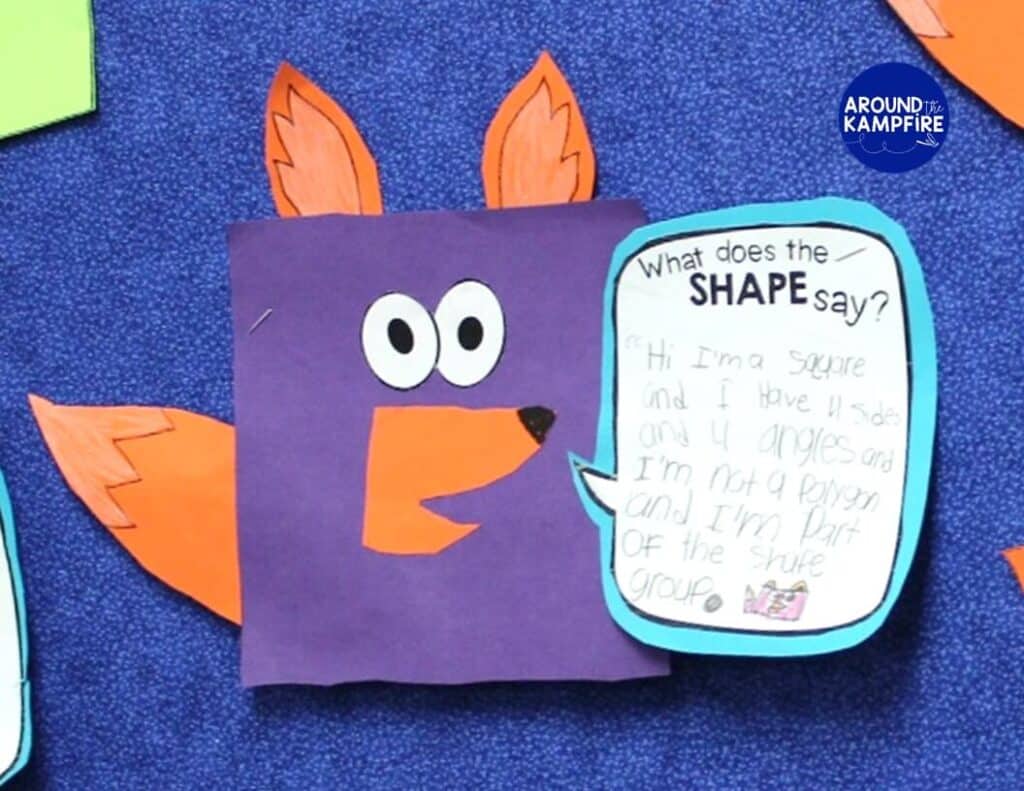
In this activity, students practice describing attributes of different shapes by writing dialogue from the shape’s point of view.
Add Quotation Marks to a Reading Passage
Give students a reading passage that is missing quotation marks. Have them fill in the quotes where they belong in the dialogue.
A short news story with missing quotation marks is a great option to use for this activity. Students will get more exposure to different types of text and how quotes are used in different contexts.
Practice with Quotation Marks & Dialogue Task Cards
Task cards can be used in a variety of ways as one of your activities to teach quotation marks. Students can work independently or with partners to complete the tasks. You can also set up a “roam the room” activity to get students up and moving a bit.
These task cards from my quotation marks unit are a great way to help students identify examples and nonexamples of correct quotation mark usage.
Write Dialogue Using Speech Bubbles
Display dialogue between two people using speech bubbles. Then, have students add quotation marks and dialogue tags to write out the full dialogue.
Using speech bubbles can help students make the connection between the exact words that characters say and the quotation marks they put around those words.
Assess Students’ Understanding
Ensure that your students have a strong understanding of quotation marks and how to use them with a short, simple assessment. Strong assessments will allow students to demonstrate their knowledge by using quotation marks, capital letters, and punctuation correctly.
After students take the assessment, evaluate whether or not they need further lessons or activities to teach quotation marks and dialogue.
More Activities to Teach Quotation Marks & Dialogue
My Using Quotation Marks grammar unit is loaded with activities to teach quotation marks and dialogue. With short, effective mini-lessons. reading passages & comprehension questions, task cards, posters and assessment.
With the included weekly grammar routine you can teach, practice, and assess your students’ grammar in just 15 minutes a day. This unit is completely no-prep and ready-to-use! See the quotation marks grammar unit here.
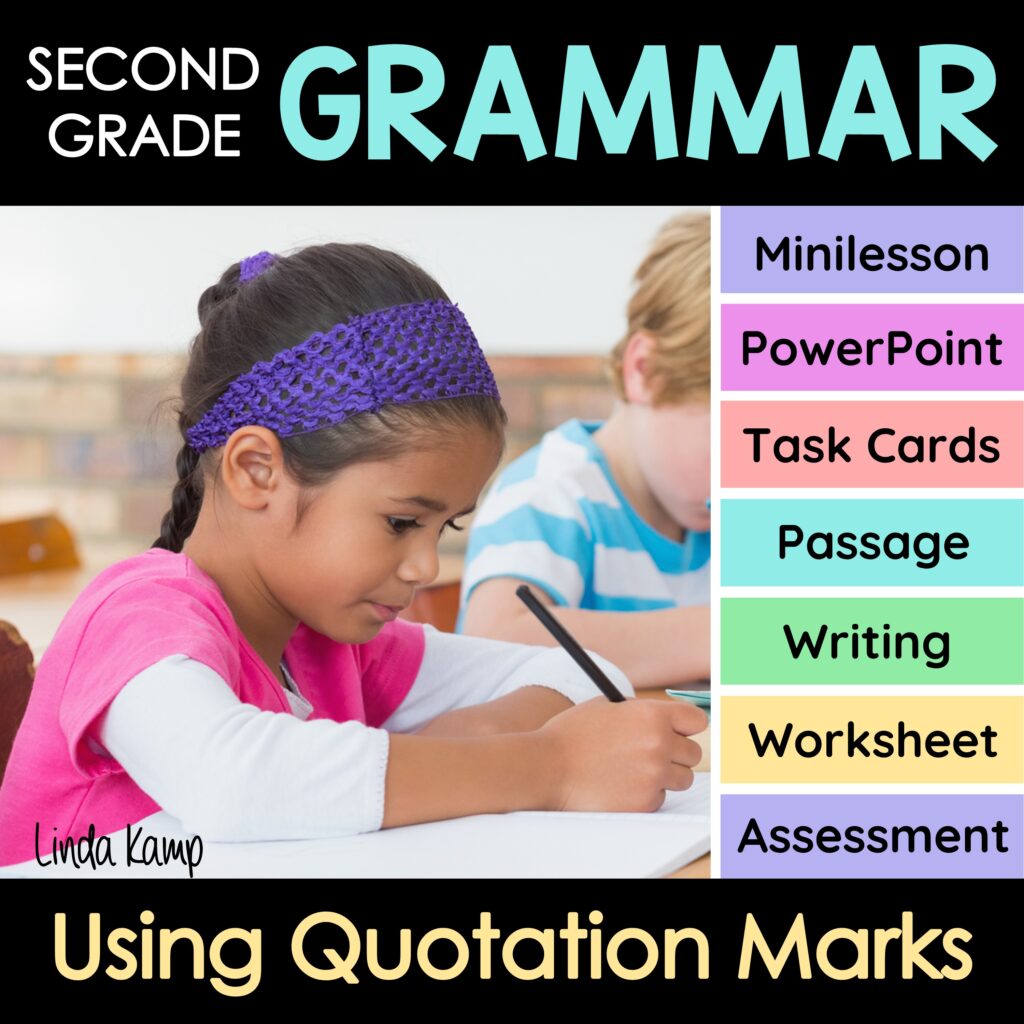
I hope these activities to teach quotation marks and dialogue are helpful for you and your students!

Don’t forget to pin this post so you can come back to it during your planning time!
For more ideas and activities to teach quotation marks and writing skills, check out these posts:
A Simple Strategy That Will Transform Your Writing Workshop

Parts of Speech PowerPoints that Are Interactive and Fun
Second Grade Grammar Curriculum That Fits Any Schedule



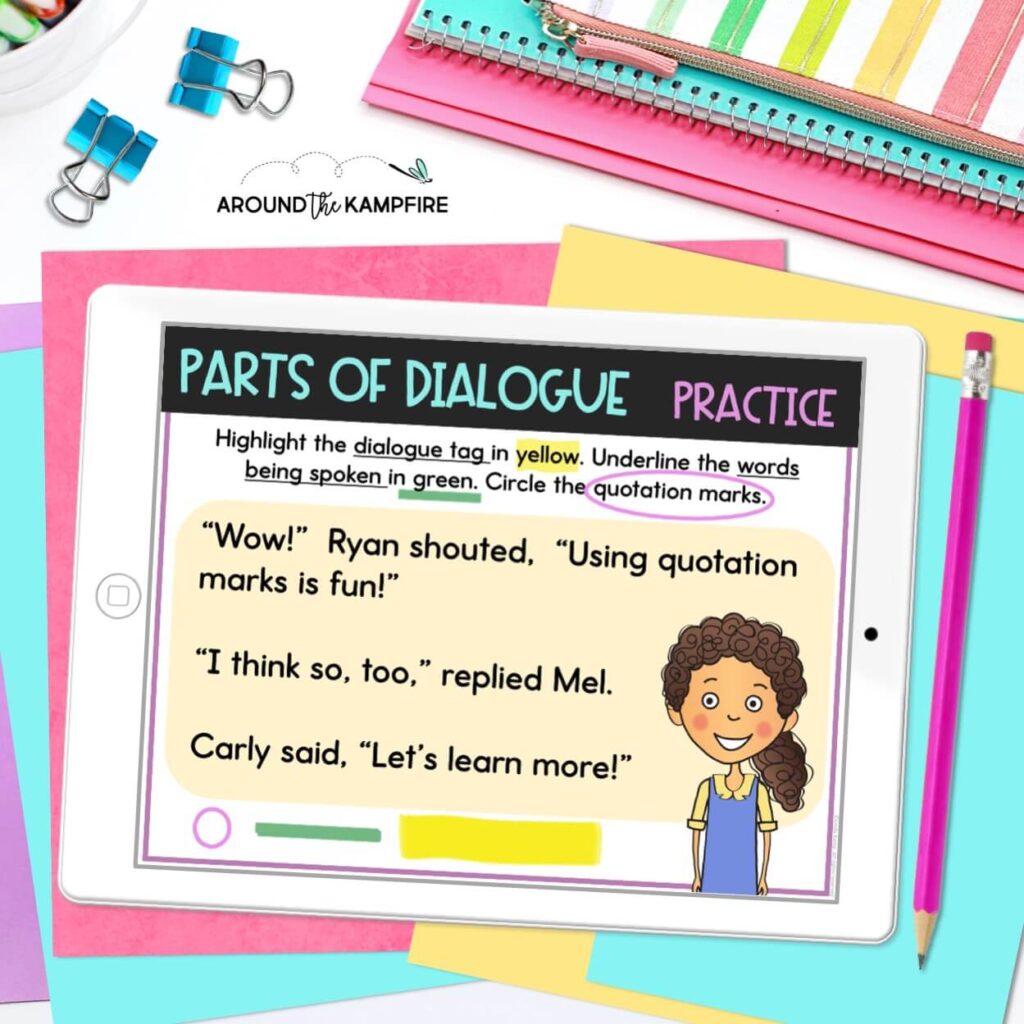
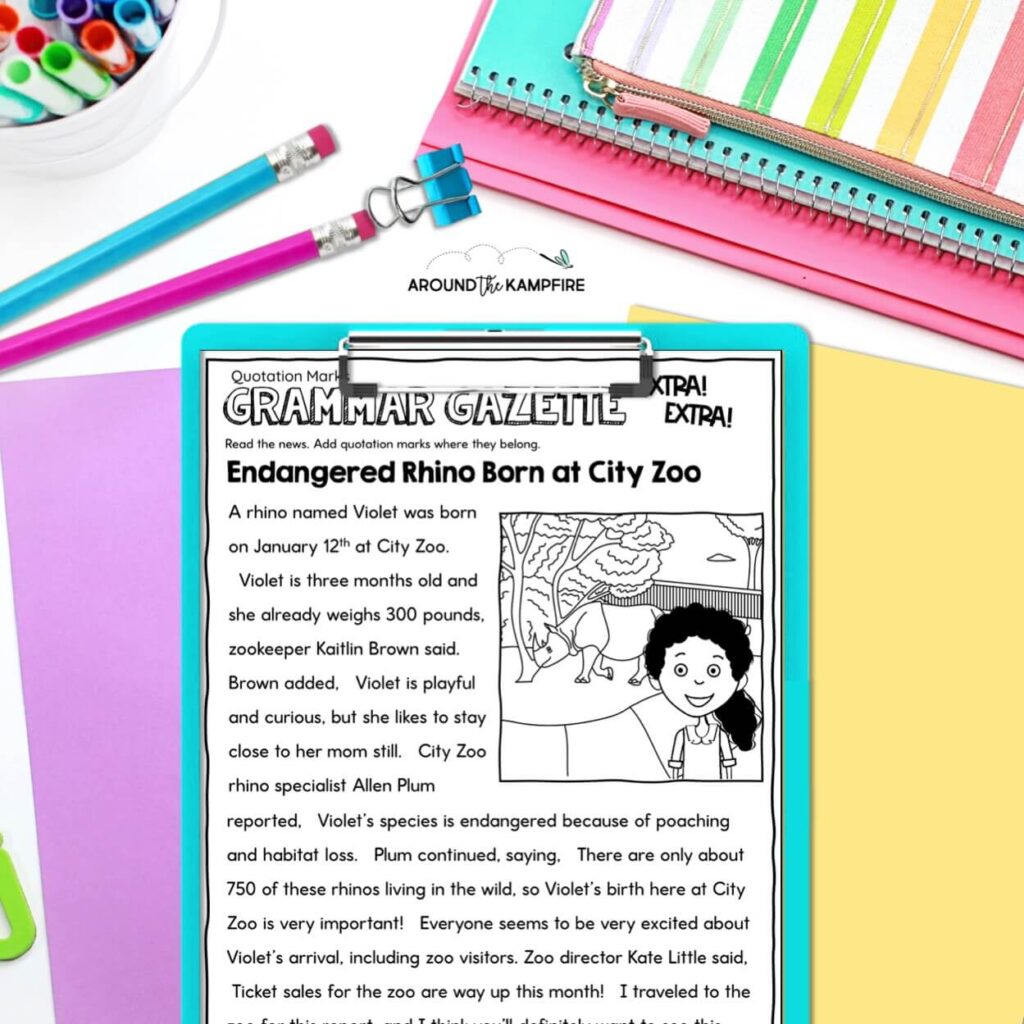
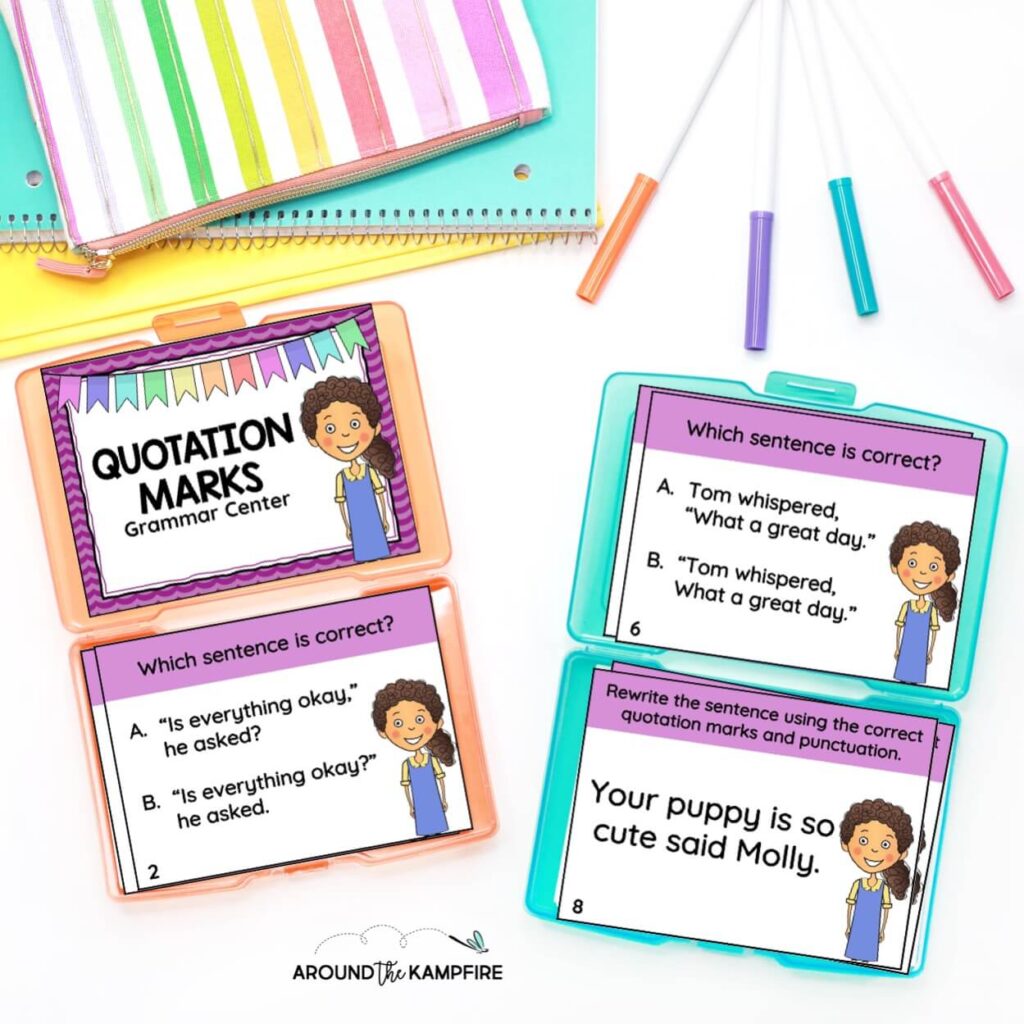
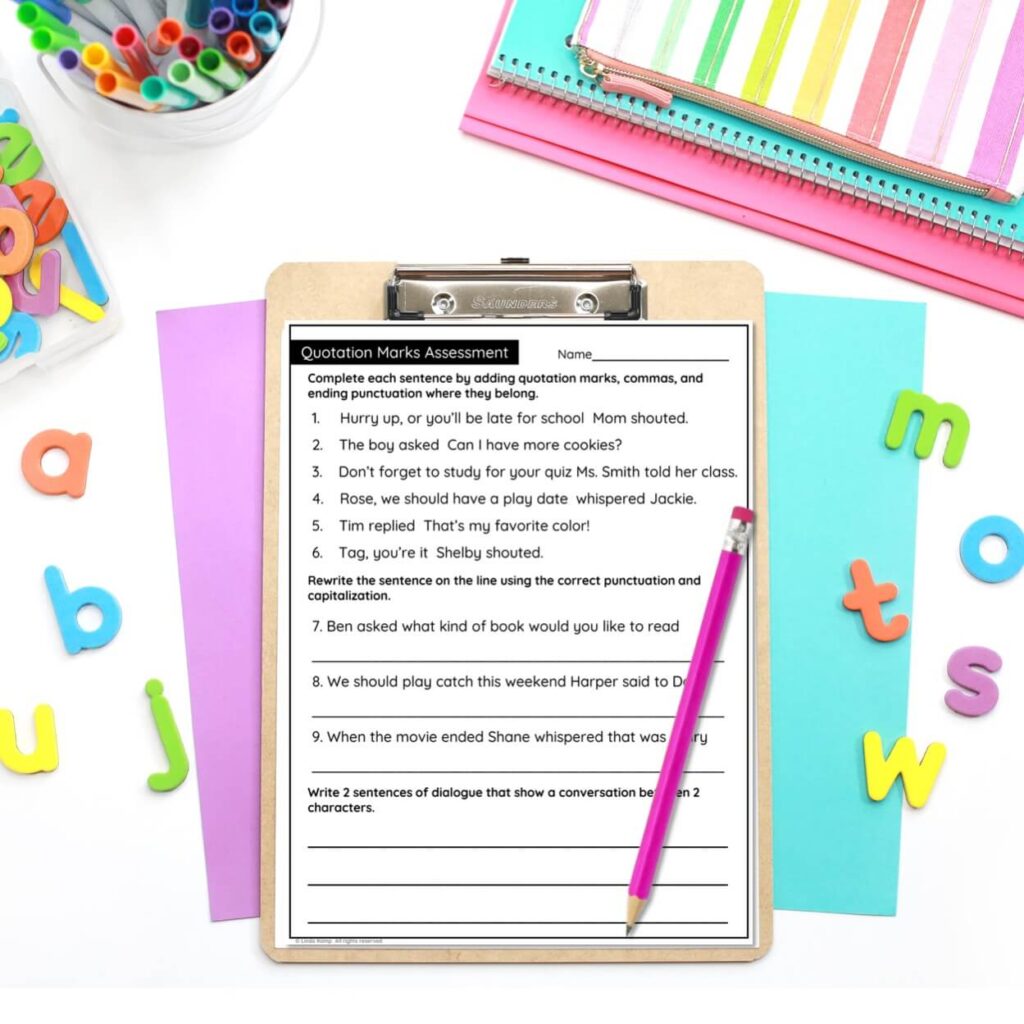
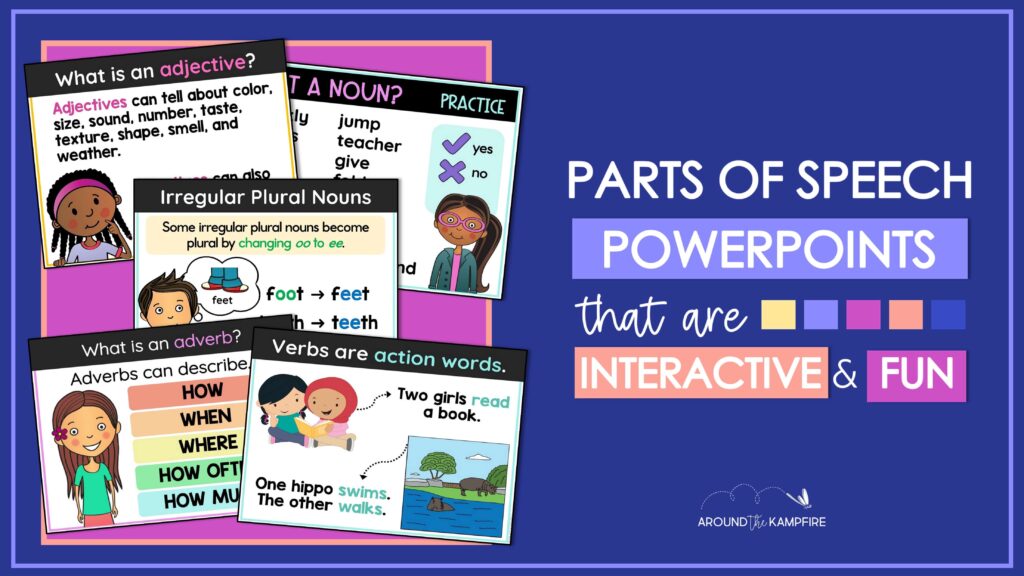

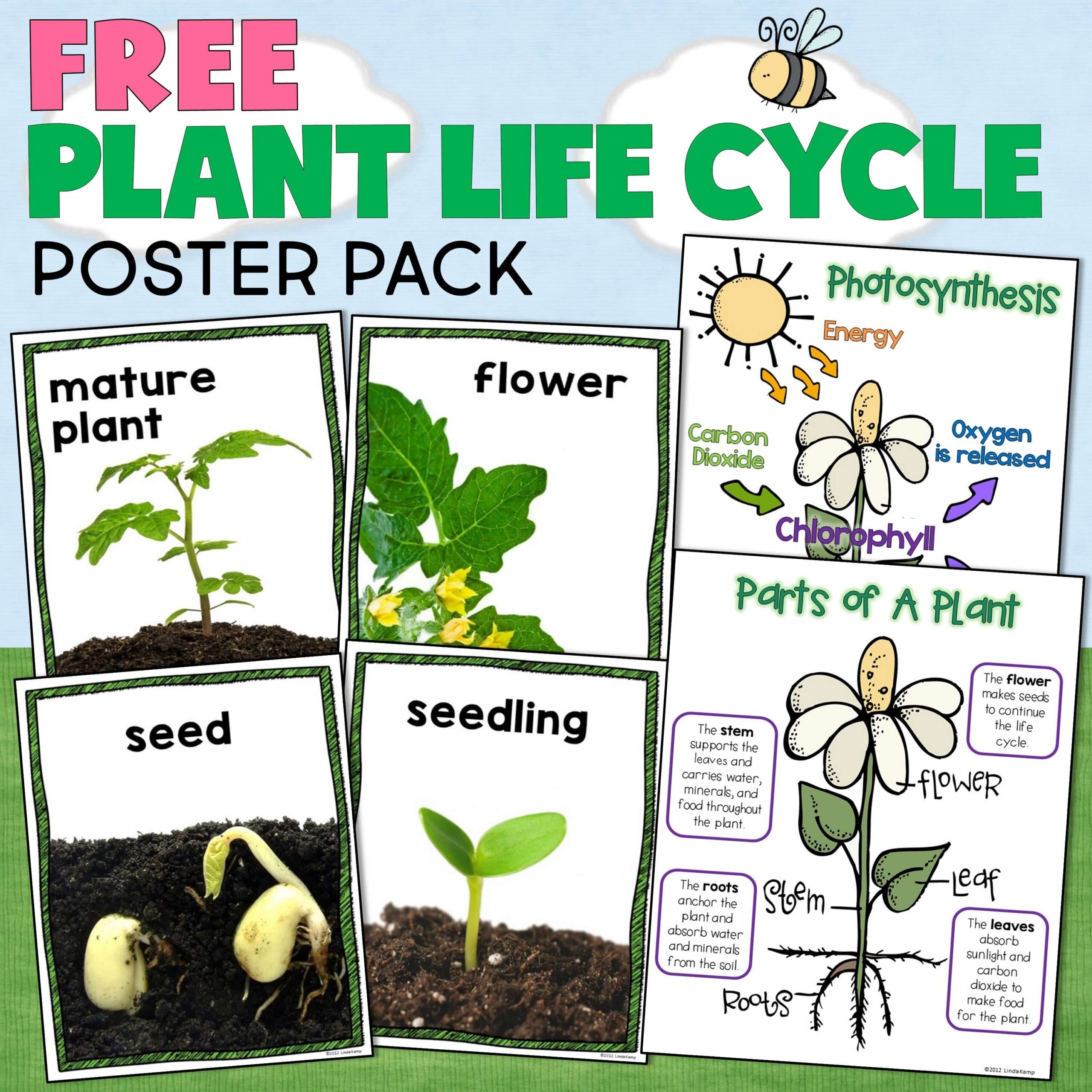




Leave a Comment